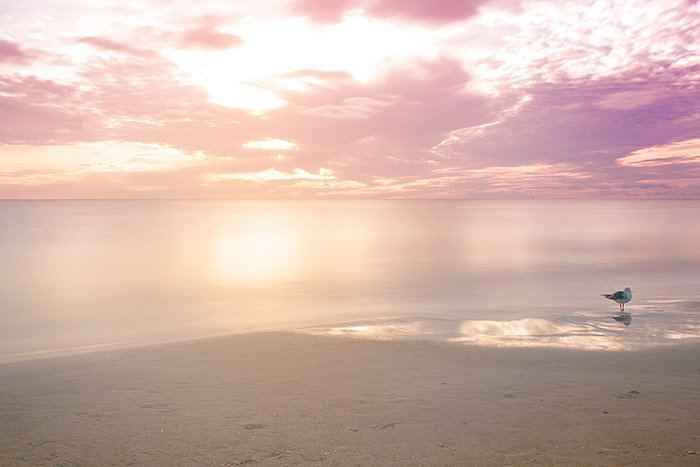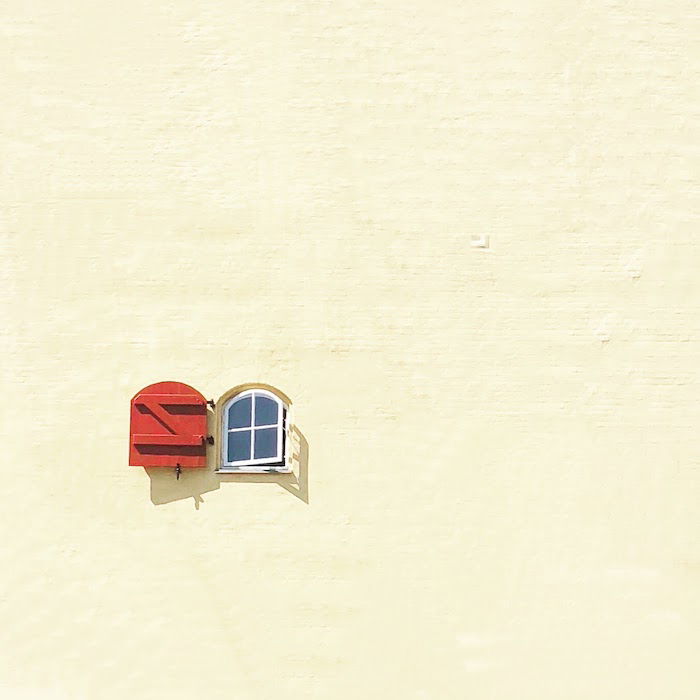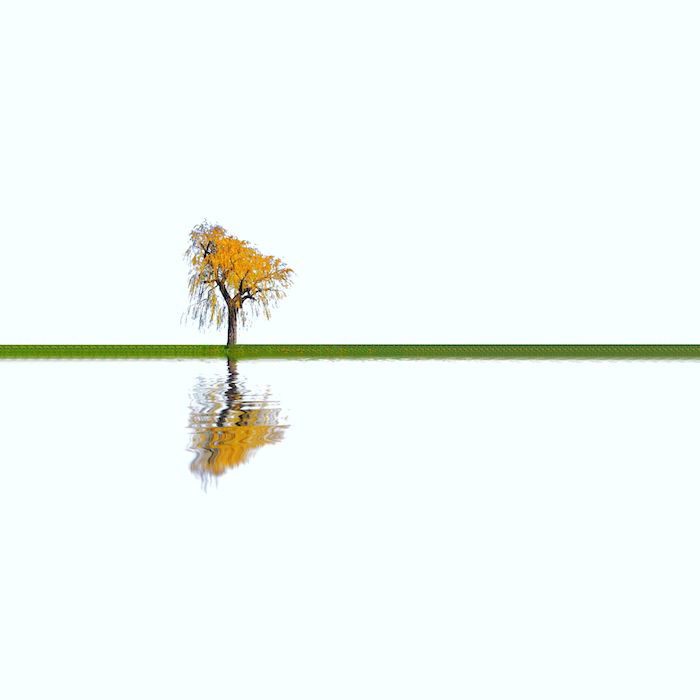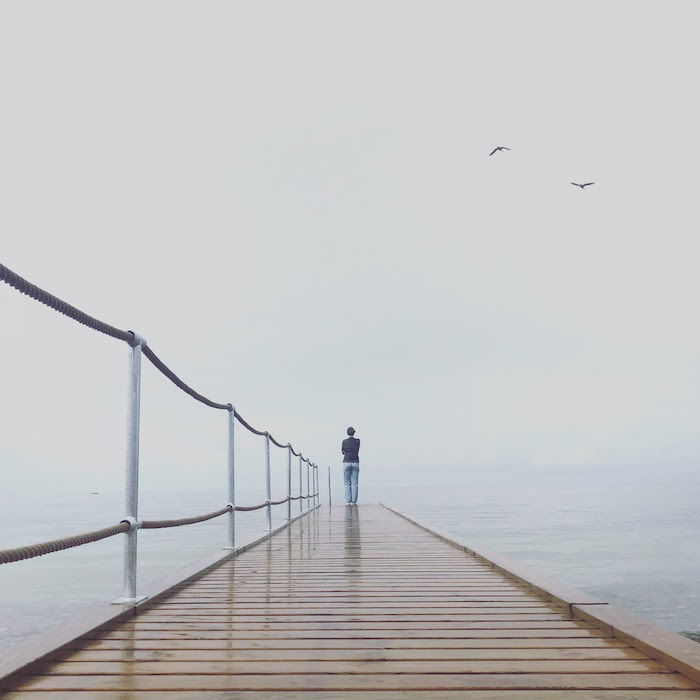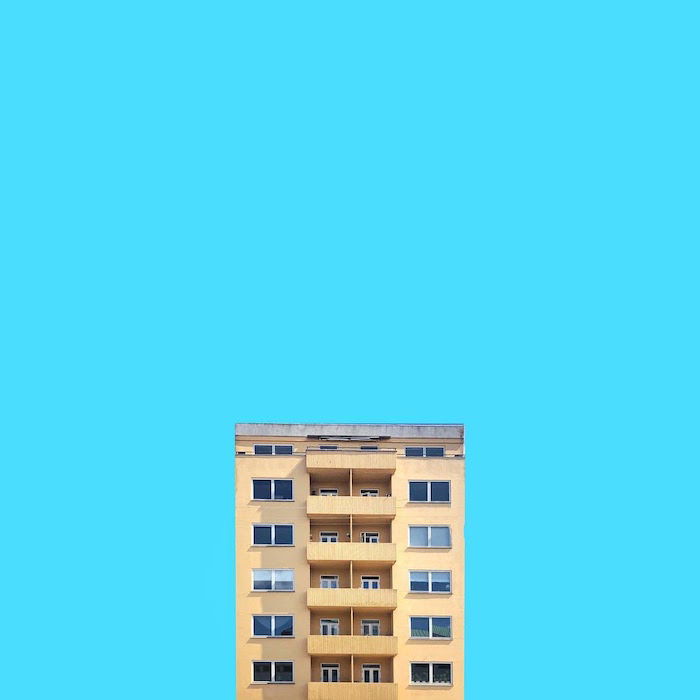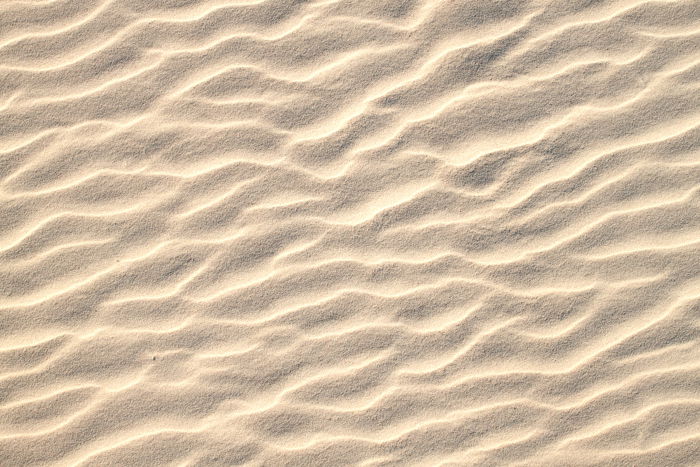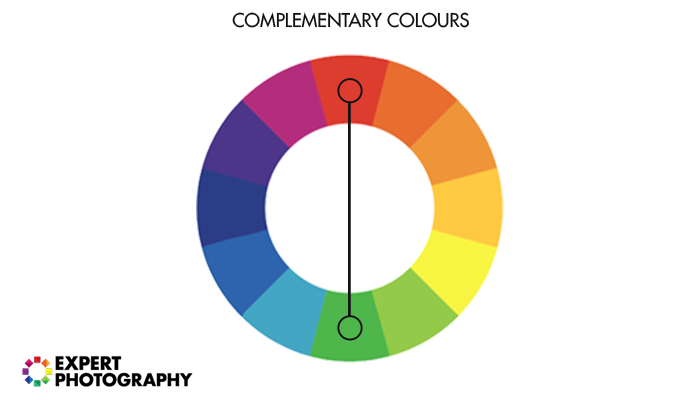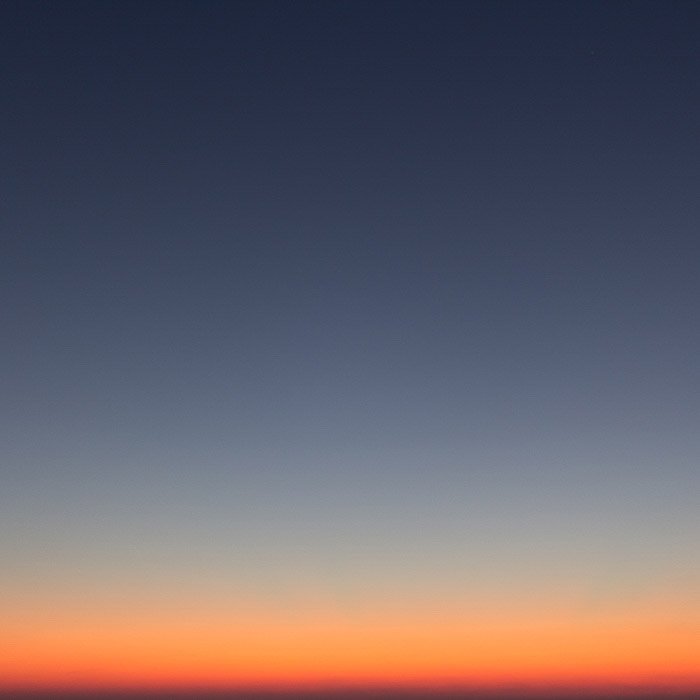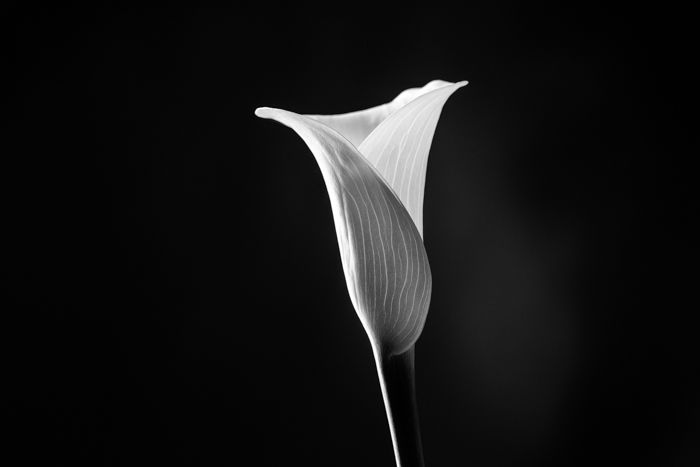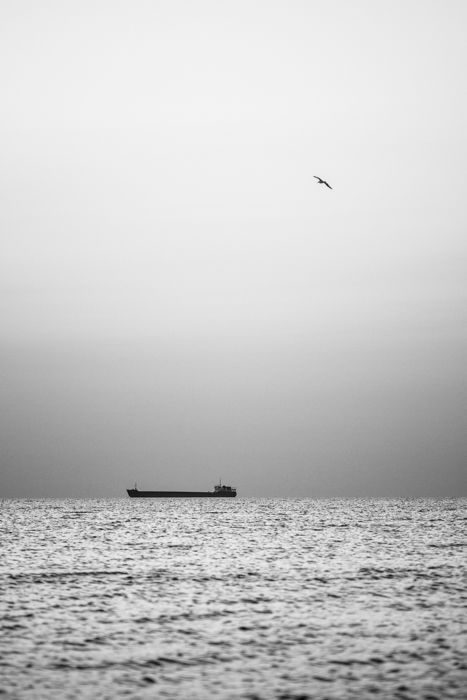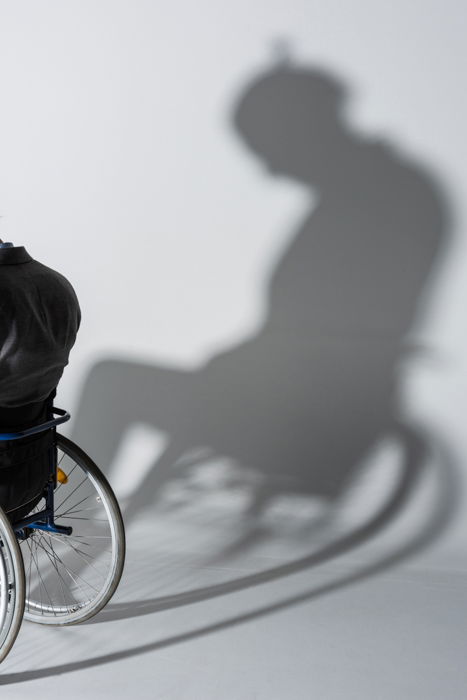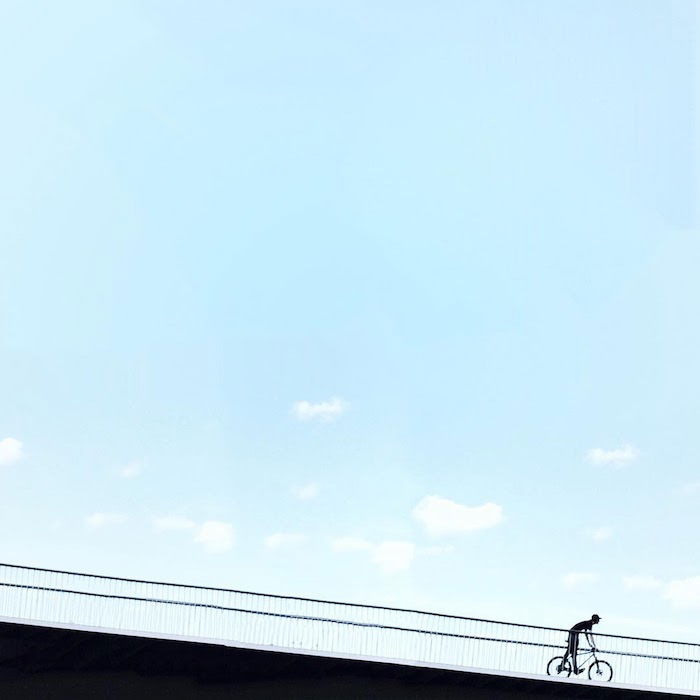What about trying minimalist photography? This article will help you begin your journey and create amazing minimalist images.
Minimalist Photography: What is Minimalism?
Minimalism began as an art movement. It means spareness and the usage of simple shapes. It’s about cherishing what we value most and removing all other distractions. Minimalism uses space to enhance the subject itself. It is stripping down to only the basics needed to communicate its meaning. It appears not only in art forms, but there is a trend of minimalist lifestyle too. The motto is to keep it simple.
What is Minimalist Photography?
Minimalist photography is about showing only a few elements in the composition. It’s the art of shooting the simplest images in the most compelling ways. Like a minimalist lifestyle, you leave everything you don’t need and concentrate on what you have. Keep this definition in mind when shooting minimalist photography. The subject you intend to focus on must be enhanced by using as few visual elements as possible.
How to Use Composition in Minimalist Photos
Of the ingredients that make minimalist photography, the composition is one of the most important. It’s also one of the easiest to adjust. Minimalist images will usually have as few elements as possible. Sometimes one subject against a simple background is all you need to tell a story. Move around to create a composition that conveys simplicity but catches the eye and draws in the viewer.
How to Use Negative Space
Adding negative space is the most important concept of minimalist composition. This refers to the use of space around an element within an image. This space is usually simple in composition and texture. It emphasises the subject and causes it to be more appealing. The spacing can appear both in the foreground, middle-ground or background. Sometimes, space can create a subject of its own. But this isn’t always the case and is not necessary for minimalist images. You should use it as a way of accentuating the bare, essential element of the minimalist shot. For example, in a minimalist landscape, you can highlight a single tree by using its surroundings in a wide composition.
Use Lines to Create Boldness and Lead the Viewer’s Eyes
Clean lines and simple shapes are another way of creating compelling images while maintaining a sense of simplicity. Leading lines, whether they be horizontal, vertical or diagonal, help lead the viewer’s eyes to your subject. The combination of color contrast and lines can provide a powerful viewing experience. Leading lines may not even need a subject. Sometimes the lines are the subjects themselves.
Use Symmetry to Enhance Simplicity
Symmetrical compositions are appealing as they can create harmony and a sense of wholeness. It can enhance the orderliness and the balance of a scene. Also, it highlights the subject, which is usually in the middle of the image, along the dividing line. The rule of thirds is common in photography. And we often say that we should compose the image according to the golden ratio. But when you use symmetry, placing the subject in the middle is acceptable. For example, symmetry is popular in minimalist architectural photography. It enhances the sophistication and design of architecture.
Introduce Patterns and Texture to Create a Minimalist Subject
Patterns and texture are another great way to produce simple, powerful minimalist photography. A texture can become the subject when used as a frame-filling element or as a repeating pattern. Both of which can be found in nature. By zooming into objects close enough to see their texture, you allow the texture itself to become the focus of the image. There are limitless possibilities for this effect in both man-made and natural scenes. Using a textured object or subject against a smooth, simple background maximise the impact of this effect. Instead of color, the texture works as the contrast needed to make the image uncluttered yet interesting to the eye of the viewer. You can eventually create a sense of harmony and abstraction with them.
Use Contrast and Complementary Colors to Stand Out
Color contrast can make minimalist photography powerful and unique. Try finding color combinations that are pleasing to the eye, like contrasting sets of black and white or dark and light. Another method for minimalist photography is using complementary colors. Complementary colors sit directly across from each other on a standard color wheel.
A pale yellow flower in a sea of green bushes may not provide much of a pop. But a bright red flower among that same field of green will stand out. This is because red and green are almost directly across from each other on a color wheel. Combining complementary colors can create captivating images. There is no shortage of combinations to choose from. Some of the most used combinations include shades of purple and yellow, red and blue, and orange and blue.
Shoot in Black and White
A black and white photo can be incredibly powerful for minimalist photos. Removing all color strips the image down to its bare essentials. In black and white photography, everyday scenes can look much more different. For example, taking the colors out of a landscape or any living creature can enhance a completely new aspect. You’ll need to focus more on the lines and the shape of a subject than the nature of it. It can make it less alive and stiller. Still life photography can be the best to combine with black and white to enhance the feeling of minimalism.
What Kind of Equipment Do You Need for Minimalist Photos?
One of the most attractive features of the “less is more” mentality of minimalism is that it introduces the ability to also use minimal equipment. Smartphone cameras are excellent. Some are even better than entry-level point-and-shoot cameras. Smartphones still lag behind DSLR on depth of field and the effect of bokeh. The small sensors required for mobile phones simply don’t have the ability to capture smooth bokeh effects. But, this isn’t an issue for minimalist photography because bokeh isn’t needed. The cleaner lines and stark contrasts needed for minimalist images are actually easier to produce without bokeh. So you have more of a reason than ever to pull out the phone and start composing some minimalist photography!
How to Tell a Story With Minimalist Photography
Stripping down a scene to the bare essentials can help your image tell a story. With fewer “moving parts”, the viewer will be able to understand the photo much easier. As a photographer, you have a responsibility to hold the viewer’s attention. What tale can you tell with just a couple of objects and a simple, plain background? If you can’t construct a possible narrative just from looking at your photo, your viewers won’t be able to either. Find a way to add more visual storytelling with your minimalist photographs. Using minimalism in documentary or street photography will help capture the viewer’s attention.
Why You Should Study Minimalism, Both in Art and Life
You can help your understanding of minimalism by studying its existence in other mediums and forms. Minimalism isn’t limited to photography. There are artists that specialise in minimalist painting and digital art. Even music has a sub-genre featuring simple, quiet, and almost silent passages of sound, branded as minimal. You should explore what you like about minimalist styles and implant the ideas into your photography.
Why is Minimalism So Popular Nowadays?
Minimalism is an ever-growing trend. “Consumer” society pushes us to buy more and more products. People are always rushing and don’t have time to stop and wind down. Media, advertising and our digital behaviour also create trigger points and create anxiety all around us. In this crowded lifestyle, it’s natural that we need something to help rest our eyes and souls on. Minimalism is a way to escape the clutter of life.
Conclusion
Minimalist photography is a great way to create beautiful and soothing images. With the tips you’ve learnt from this article, you’re ready to start taking minimalist photos. Keep your photography simple. A minimalist approach proves that less can be more!
